AO Can’t Treat Unexplained Cash as Income u/s 69A if Assessee Accounted for It Under Presumptive Taxation | ITAT
- Blog|News|Income Tax|
- 2 Min Read
- By Taxmann
- |
- Last Updated on 12 January, 2025
Case Details: Imran Ibrahim Badshah vs. ITO - [2025] 170 taxmann.com 166 (Mumbai-Trib.)
Judiciary and Counsel Details
- Narender Kumar Choudhry, Judicial Member
- Bharat Kumar, Ld. A.R. for the Appellant.
- V.K. Chaturvedi, Ld. Sr. D.R. for the Respondent.
Facts of the Case
The assessee was engaged in the business of imitation jewellery and declared the gross profit at 8% of gross receipt as his income under section 44AD. On enquiry, the Assessing Officer (AO) revealed that the assessee had furnished the computation of income for receipt under section 44AD; however, they could not furnish a certain amount, which remained unexplained. The AO treated such an amount as unexplained and added it under section 69A.
On appeal, the CIT(A) affirmed the addition made by the AO. Aggrieved by the order, an appeal was filed to the Mumbai Tribunal.
AAR Held
The Tribunal held that though it was a fact that the total deposits of 1.25 crores (approximately) were made in the bank account maintained with the Co-operative Bank Ltd. The assessee has shown the amount of 1.08 crores (approximately) as a gross receipt and claimed that the differential amount was from the savings out of the profits earned from the earlier years and the household savings of the family, which was deposited in the bank during the demonetisation period.
The AO and the CIT(A), considering that the assessee furnished no details, respectively, made and affirmed the addition under section 69A. Instant Court has thoughtfully considered the rival claims of the parties and the determination made by the authorities below. Admittedly, the assessee has not done any other business except the imitation jewellery. Even otherwise, no material was available on record by which it can be construed that the assessee has earned any other income other than from the admitted business.
Thus, considering the peculiar facts and circumstances in totality, it would be appropriate, as both the parties have also agreed in the open court, to treat such an amount as business receipts. Therefore, the same can be subjected to profit at 8 percent of the said amount, which can be added to the assessee’s income. Hence, the AO was directed to apply the profit at the rate of 8% and add the same to the assessee’s income. Accordingly, the additions under section 69A were deleted.
Disclaimer: The content/information published on the website is only for general information of the user and shall not be construed as legal advice. While the Taxmann has exercised reasonable efforts to ensure the veracity of information/content published, Taxmann shall be under no liability in any manner whatsoever for incorrect information, if any.
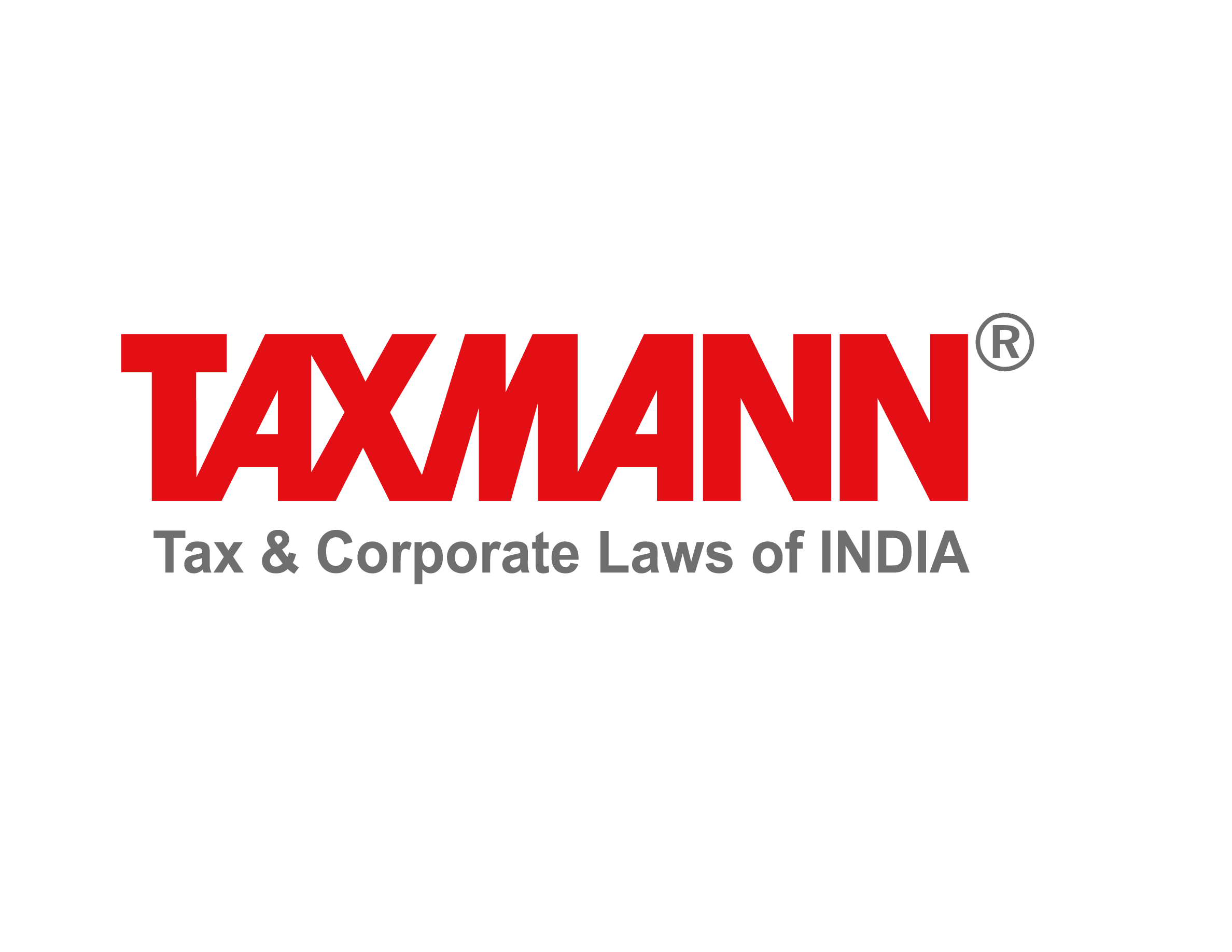
Taxmann Publications has a dedicated in-house Research & Editorial Team. This team consists of a team of Chartered Accountants, Company Secretaries, and Lawyers. This team works under the guidance and supervision of editor-in-chief Mr Rakesh Bhargava.
The Research and Editorial Team is responsible for developing reliable and accurate content for the readers. The team follows the six-sigma approach to achieve the benchmark of zero error in its publications and research platforms. The team ensures that the following publication guidelines are thoroughly followed while developing the content:
- The statutory material is obtained only from the authorized and reliable sources
- All the latest developments in the judicial and legislative fields are covered
- Prepare the analytical write-ups on current, controversial, and important issues to help the readers to understand the concept and its implications
- Every content published by Taxmann is complete, accurate and lucid
- All evidence-based statements are supported with proper reference to Section, Circular No., Notification No. or citations
- The golden rules of grammar, style and consistency are thoroughly followed
- Font and size that’s easy to read and remain consistent across all imprint and digital publications are applied
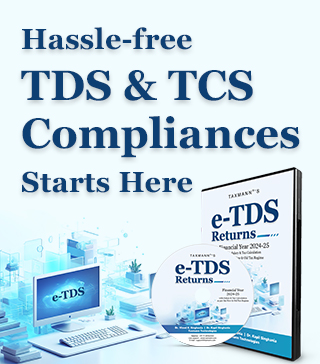

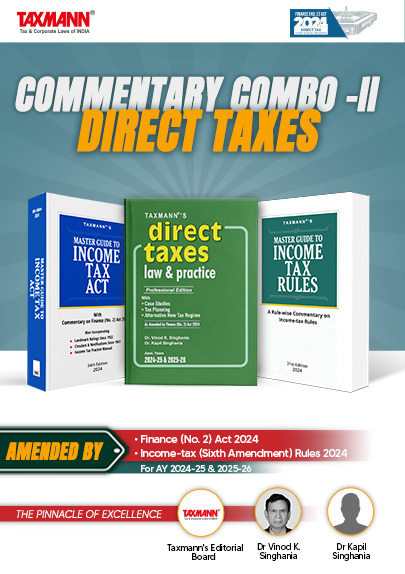
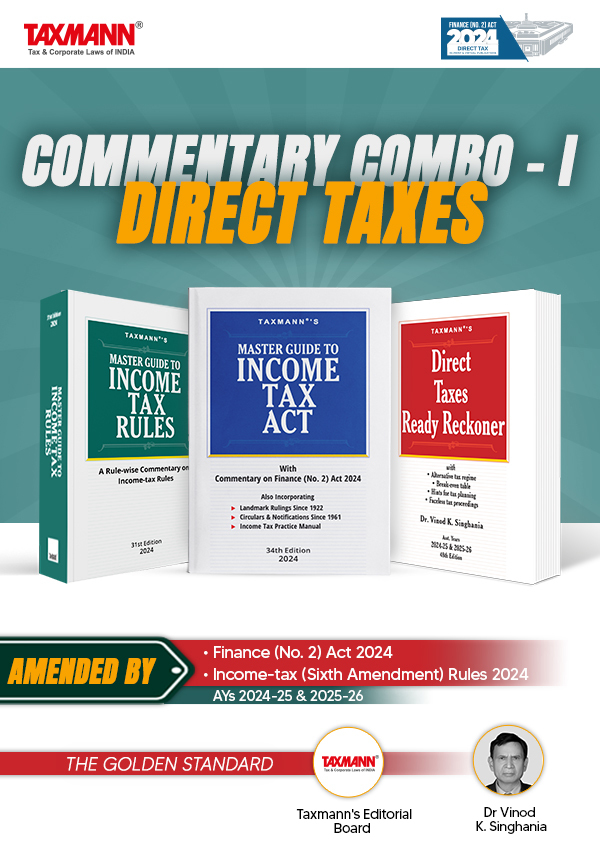
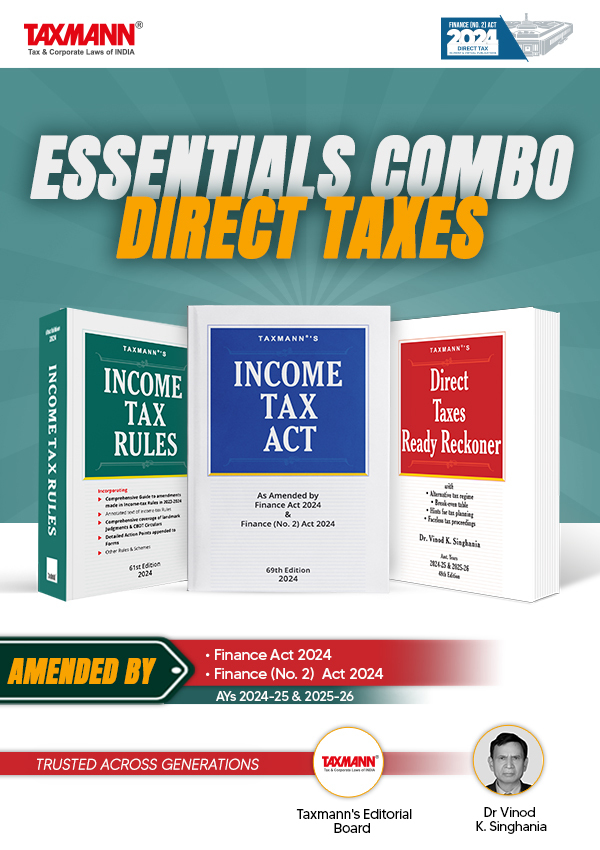
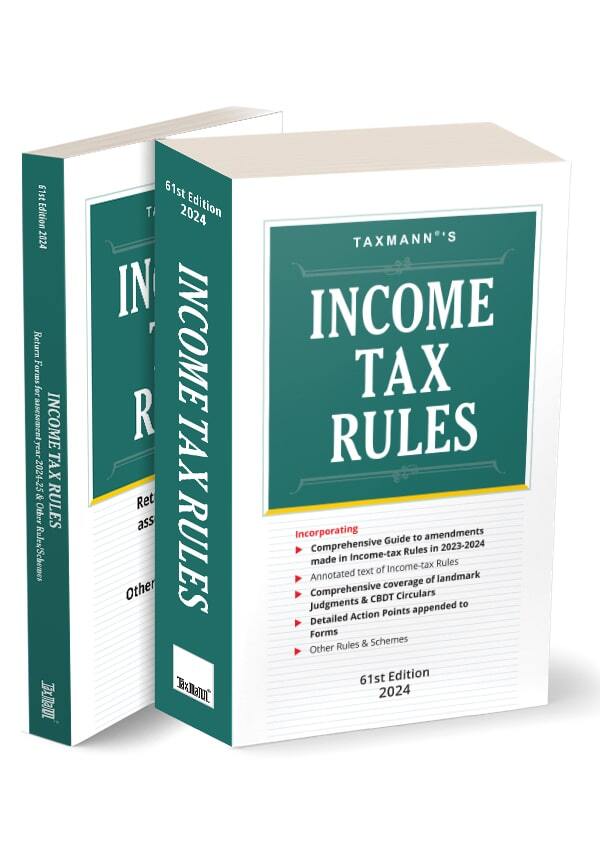


 CA | CS | CMA
CA | CS | CMA


